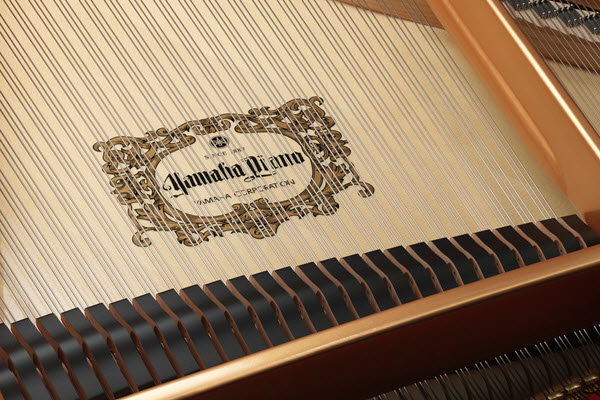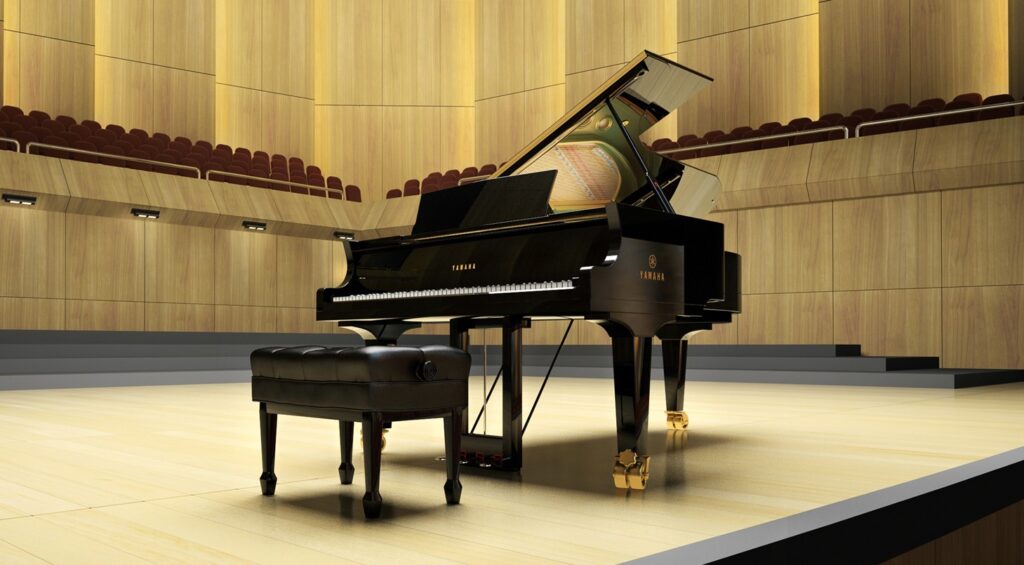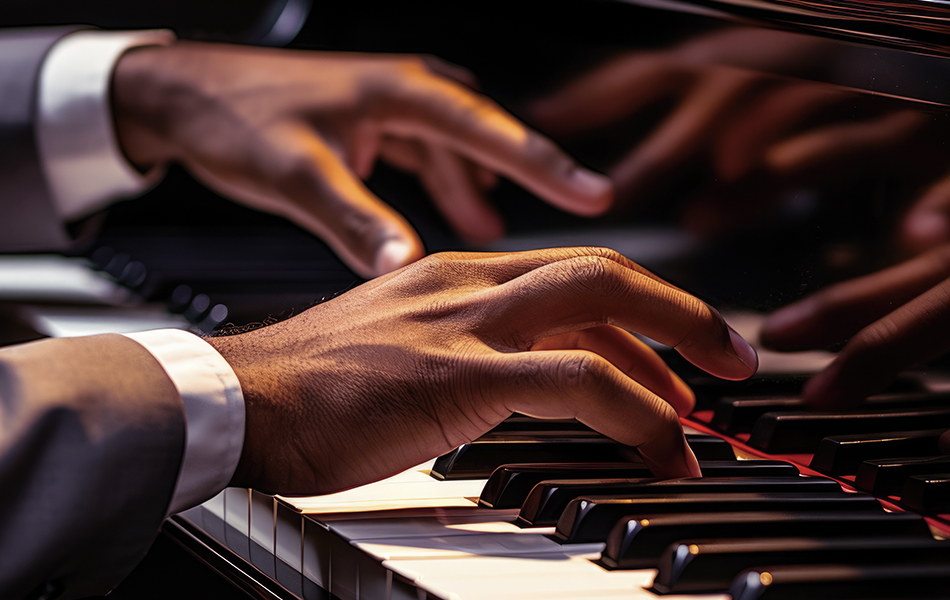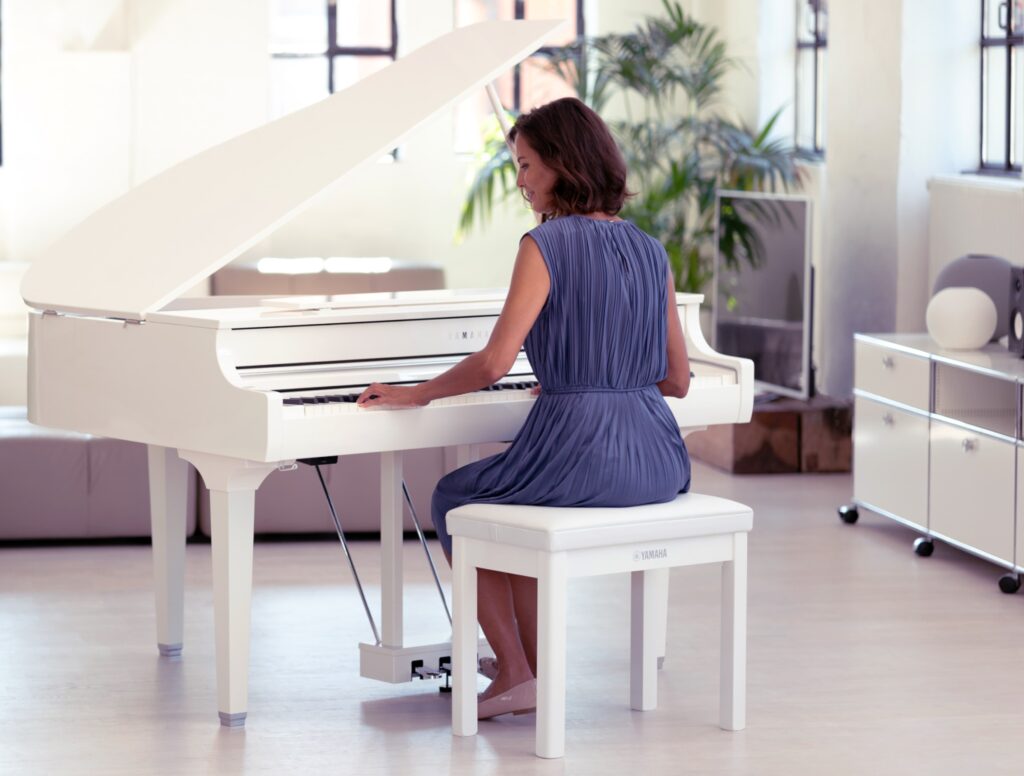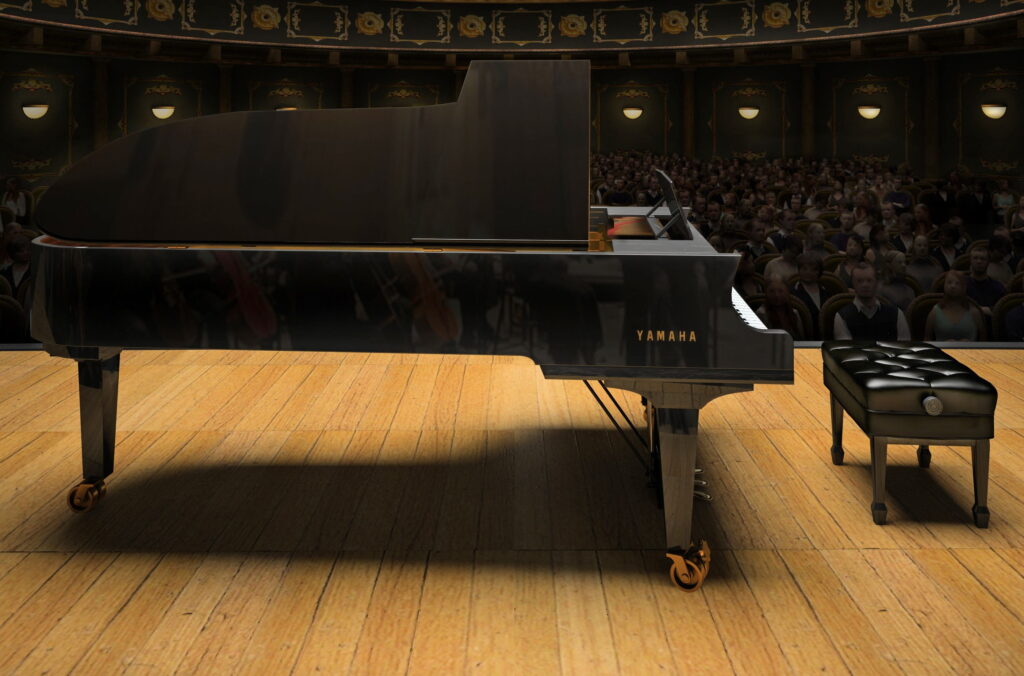Why Is a Piano Soundboard Made from Wood?
The paradox of transmitting and stopping vibrations at the same time.
Piano strings are made of steel. In contrast, the soundboard that translates their energy into a rich, resonant sound is made of wood. If it were only a matter of loudly amplifying the sound produced when the hammers strike the strings, a metal plate would have been much more efficient.
So why is the soundboard made from wood?
The answer is that, unlike metal, which amplifies both low-pitched notes and high-pitched notes in the same way, wood amplifies only the lower-frequency sounds. For the higher frequencies, it does the opposite: it reduces them.
If you were able to listen closely to the sound that struck piano strings make, you would find that it is full of metallic jangling noises. If this sound were to be amplified as is, the piano would end up being a giant noise generator. The reason why this does not occur is because wood cuts off the higher harmonic components (i.e., the overtones), leaving only those components of the sound that are musical and sound good to our ears – transforming them into a richer, more resonant tone.
In other words, a soundboard is a “board that transmits vibrations,” while at the same time, it is in a certain sense, a “board that stops vibrations.” What makes the spruce family so highly valued as soundboard materials – and especially the Alaskan sitka spruce used in many pianos – is that these species have the property of absorbing the higher-pitched overtones more effectively. They transmit only the pitches that we perceive as round and mellow, and they do so in a particularly rich fashion.
This posting is excerpted from the Yamaha Musical Instrument Guide. For more information about Yamaha pianos, click here.










